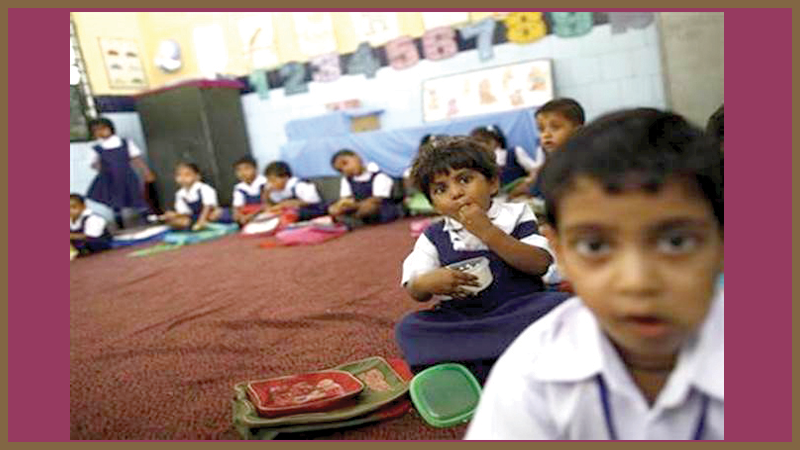Indian schools have achieved a major feat as almost all schools in the country had some type of sanitation facility in 2016, as compared to half the schools in India reported having no sanitation facility at all just a decade ago, according to a UN report. India has made rapid progress in increasing access to sanitation in schools, the United Nations said in a report, noting that the proportion of schools without any sanitation facility has decreased at a fast pace in the country. A new joint UN agency study, ‘Drinking Water, Sanitation and Hygiene in Schools: 2018 Global Baseline Report,’ says that good hygiene facilities in schools provide the basis of a healthy learning environment, and that girls are more likely to attend when they are on their period.
The annual report is produced by the World Health Organization/UN Children’s Fund Joint Monitoring Programme, or JMP, which has been monitoring global progress on drinking water, sanitation and hygiene (WASH) since 1990. It looks at the progress made towards reaching the targets of two of the Sustainable Development Goals (SDGs): Goal 6 (Clean water and sanitation), and Goal 4 (Ensure inclusive and equitable quality education and promote lifelong learning opportunities for all).
WASH in schools programmes provide an entry point for the education, awareness-raising and behaviour change required to achieve the SDG6 target of ending open defecation by 2030, the report said. It said India “has made rapid progress in increasing access to sanitation facilities in schools.”
Global Chief of Water, Sanitation and Hygiene at UNICEF Kelly Ann Naylor said that if education is the key to helping children escape poverty, access to water and sanitation is key to helping children safely maximize their education. “To neglect this is to be careless with the well-being and health of children,” Naylor said.


